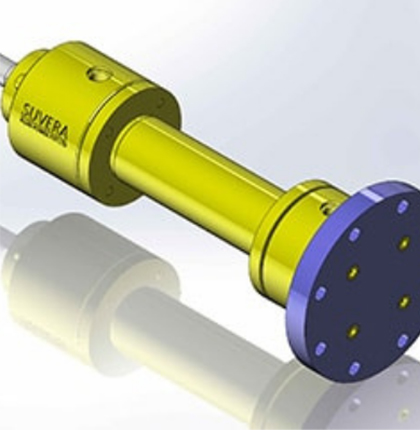Free Classifieds at INNetAds.com - View Item Content by ID 2917091

INNetAds > Health & Beauty > Health Services > Item ID 2917091
Item ID 2917091 in Category: Health & Beauty - Health Services
Cannot view this item. It could be pending, expired or deleted.
Below item is randomly selected from the same category and may have similar content.
What is a Hydraulic Cylinder? How it Works, Types, Uses | |
The hydraulic cylinder generates hydraulic energy through the use of fluid pressure which is converted into linear force along with motion movements. Such devices fulfill their vital role in demanding applications because they deliver strong force generation capabilities alongside precise motion management. Precise heavy lifting and pushing and pulling functions are possible through these devices which operate in excavators and forklifts as well as industrial presses. They excel in modern engineering and automation because of their durability together with versatility and exceptional ability to withstand extreme loads. How a Hydralic Cylinder Works The hydraulic cylinder operates through fluid pressure which generates linear movement functions. The hydraulic pressure that enters one side of the cylinder presses against its piston which extends the attached piston rod. A force generated by pressurised oil from one side pushes fluid contents through the return line on the other side. The rod retraction occurs through the entrance of oil at the opposing side with simultaneous draining of fluid from the initial chamber. Through its alternating fluid motion, the cylinder transforms hydraulic force into precise mechanical force to execute heavy load movements. An equal force transmits throughout the sealed system because of Pascal's principle within the fluid system.  | |
| Related Link: Click here to visit item owner's website (0 hit) | |
| Target State: All States Target City : Hyderabad - Telangana - India Last Update : 16 June 2025 3:19 PM Number of Views: 26 | Item Owner : suvera Contact Email: Contact Phone: 09100477741 |
| Friendly reminder: Click here to read some tips. | |
INNetAds > Health & Beauty > Health Services > Item ID 2917091
© 2025 INNetAds.com
USNetAds.com | GetJob.us | CANetAds.com | UKAdsList.com | AUNetAds.com | CNNetAds.com | Hot-Web-Ads.com | USAOnlineClassifieds.com
2025-06-17 (0.574 sec)